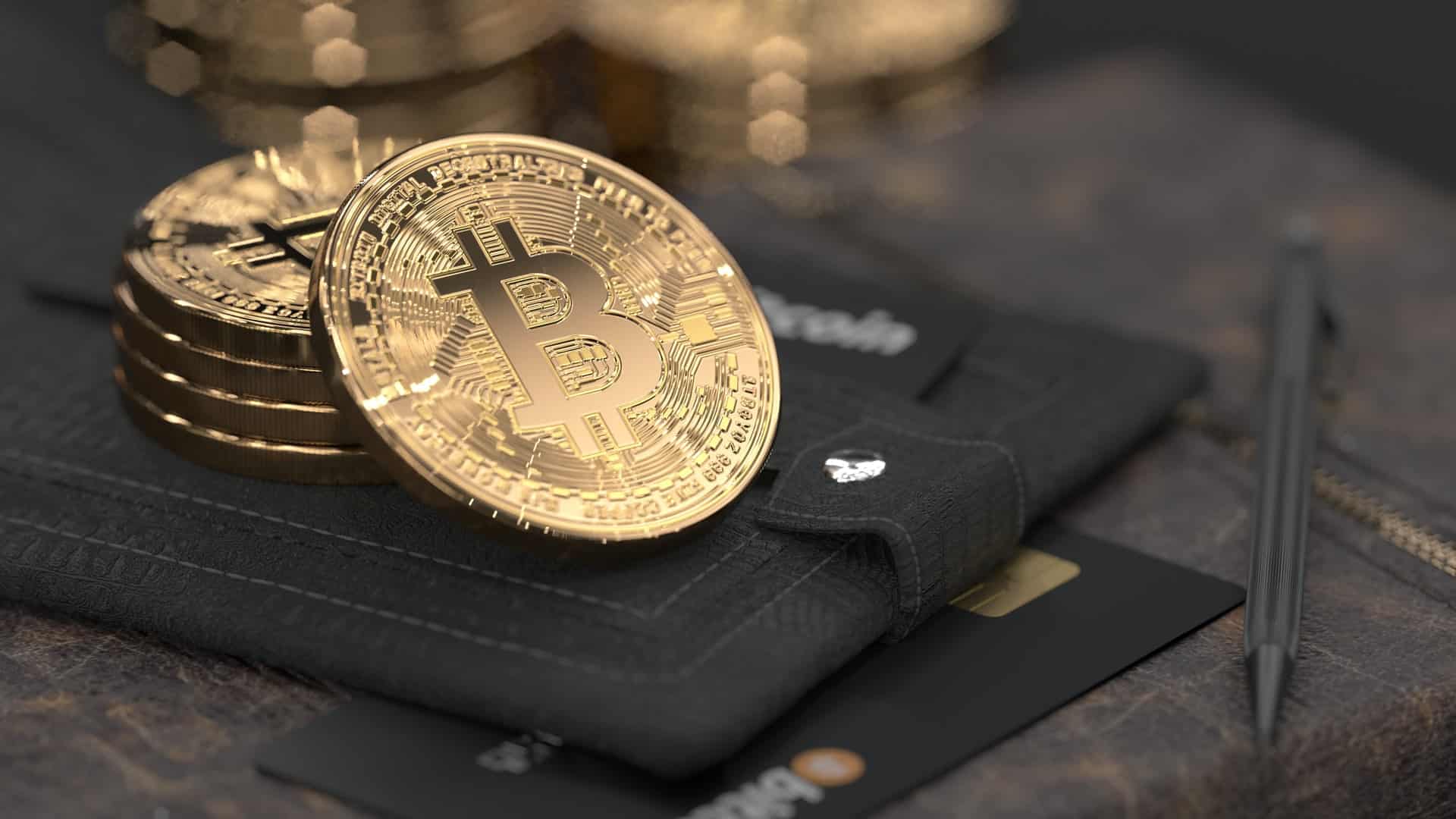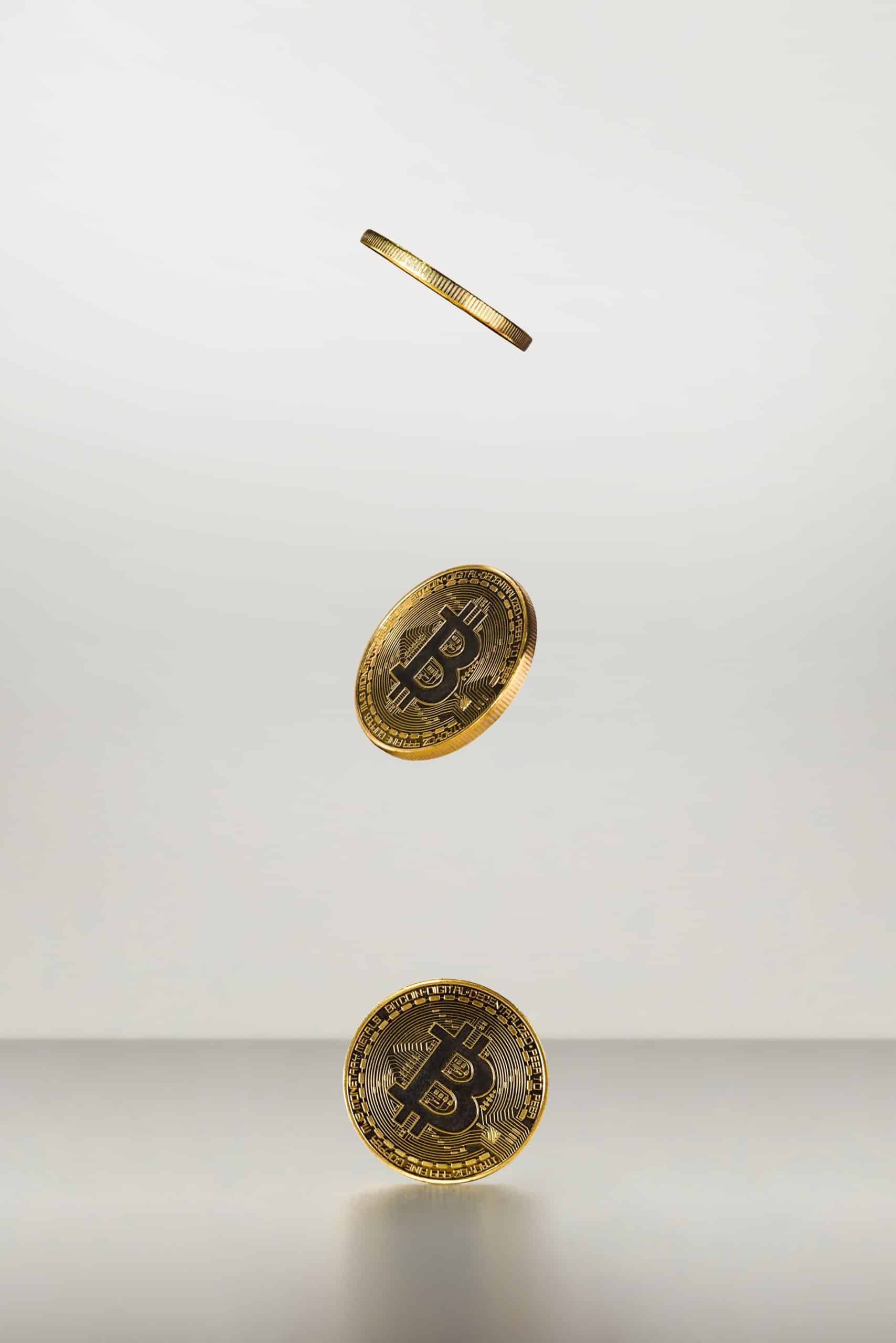In the world of crypto, there are plenty of new terms to learn and understand. Although it can seem like a daunting and potentially boring task learning new words and their meanings, this can be imperative as you begin investing into cryptocurrencies and keeping your investments safe and secure. GMR have offered their crypto expertise to help create this guide which explains the two different types of crypto wallets – hot wallets and cold wallets.
IMAGE: UNSPLASH
What Is A Crypto Wallet?
Okay, if you’re completely new to crypto, you’re probably scratching your head thinking what on earth is a crypto wallet?! This is a good place to start before we dive into more technical terminology.
A crypto wallet is a place where you can securely store your private keys, which work to keep your crypto safe and accessible. Your private keys will prove your ownership of this digital money, allowing management of your holdings and to interact with the blockchain networks of which they are stored.
The wallet itself can come in many forms such as a software programme like an app or a physical device like a USB stick. Access to your wallet will allow you to send and receive crypto transactions.
Hot Wallets
For the majority of cryptocurrency users, hot wallets are the most popular type of crypto wallet. This is because they are much easier to set-up and use, particularly for those just getting started. Hot wallets are connected to the internet which means transactions are as simple as a few clicks, they are therefore ideal for everyday crypto transactions and users who regularly trade within the market. Examples of hot wallets include, desktop, mobile and hybrid wallets.
Although their ease of use makes them so popular, they are in fact less secure than cold wallets. This means for users with large amounts of digital assets, security becomes an issue. Hot wallets leave the contents of your wallet open to potential threats – in particular cyber theft. Crypto users will have seen an example of this during the recent BitMart hack. Which saw hackers make away with a wide variety of tokens afters gaining access to one of BitMart’s hot wallets.
Cold Wallets
For users looking for the most secure way to store their digital assets, cold wallets are ideal. You will find two types of cold wallets: hardware wallets and paper wallets. Currently, hardware wallets are the most popular type as they are much more user-friendly.
Hardware wallets are physical devices such as a USB stick, where your wallet’s private keys are stored. Making them unreachable to potential hackers.
Despite the security measures a cold wallet offers a crypto user, they are not the preferred option when it comes to completing daily transactions. They are however worthwhile for users looking to store crypto. In order to make a transaction your cold wallet will need to be connected to the internet.
Choosing Between A Hot Wallet And A Cold Wallet
The most obvious piece of advice when it comes to choosing a type of crypto wallet, is to consider what you wish to do with the crypto you own. Are you regularly making transactions within the market and buying cryptocurrencies? If yes, hot wallets are the answer. Not so active in the market but wish to store your crypto? Cold wallets would be best.
IMAGE: UNSPLASH
If you are interested in even more business-related articles and information from us here at Bit Rebels, then we have a lot to choose from.


COMMENTS